Going on a river cruise has long been on my bucket list. There's just something about cruising down a major river, stopping in new cities every day, that has always appealed to me. I've been on many ocean cruises and have enjoyed them well enough, but I had a feeling that river cruising was going to be even more my style.
And I was definitely right.

I spent a week onboard the AmaPrima, cruising down the Danube from Budapest to Bulgaria on AmaWaterways‘ Black Sea Voyage. It's a route that's not as popular as others in Europe (for example, you'll find many more people who have cruised through France and Germany, or the upper part of the Danube), but I wanted a different cruising experience. I didn't want to go where everyone else was going.
The Black Sea Voyage was definitely that. We were in a completely different part of Europe — one with history both ancient and recent; one where you still have to pass border controls at every stop; and one where I knew I would visit places that I might not otherwise ever see.
I'll be writing a full review of the cruise in the coming weeks (expect all the details about the ship, the food, etc.), but for now I just want to share some of the highlights with you in photos.
Here's a sneak peek at the Black Sea Voyage:
Budapest
We boarded our ship in Budapest, Hungary, in the afternoon on the first day of our cruise. The highlight that night was sailing up and down the Danube in Budapest, enjoying the illuminated views of the buildings along the river. The star of the show was of course the Hungarian Parliament building, which is ridiculously pretty — especially at night.
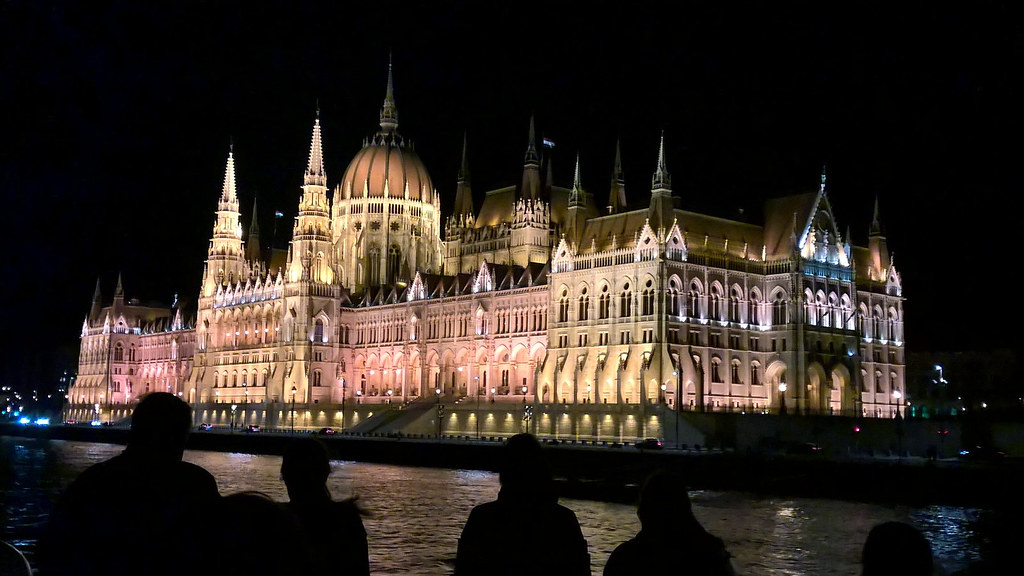
Pecs, Hungary
Our first port of call came the next morning. We docked in Mohacs, and then had the option of taking buses to Pecs for a city tour. Pecs is a gorgeous little university town near the border of Croatia, and was named the European Capital of Culture in 2010. We did a walking tour of the city, and then had some free time to wander around and have a beer or coffee (or, in my case, take photos).
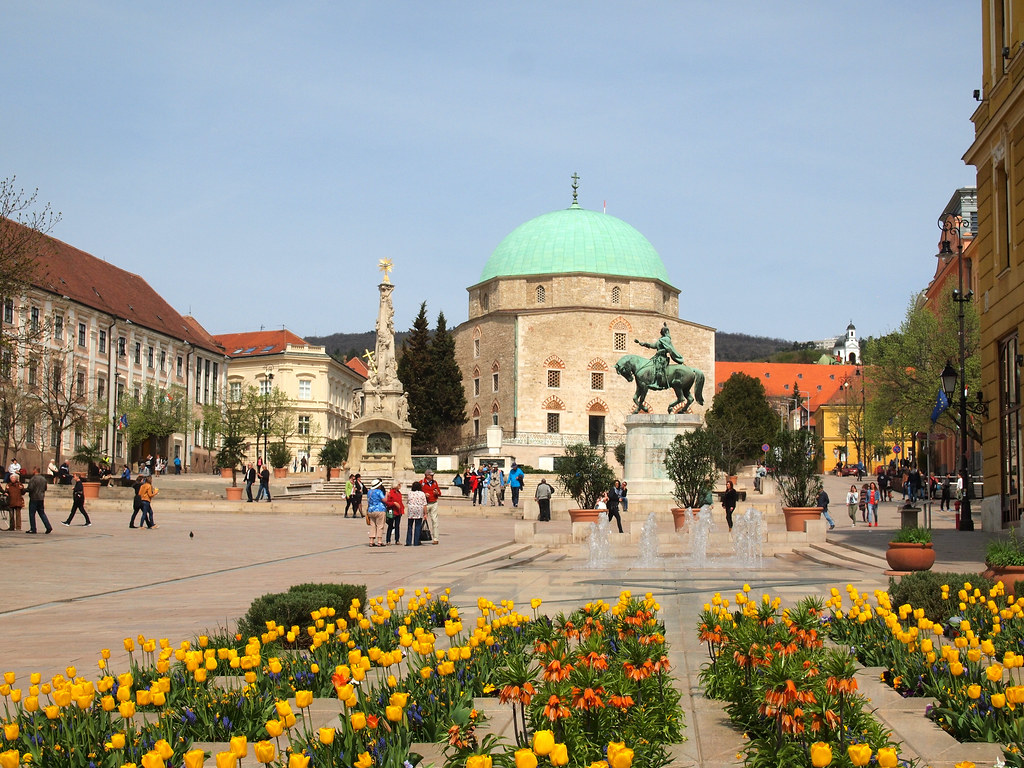
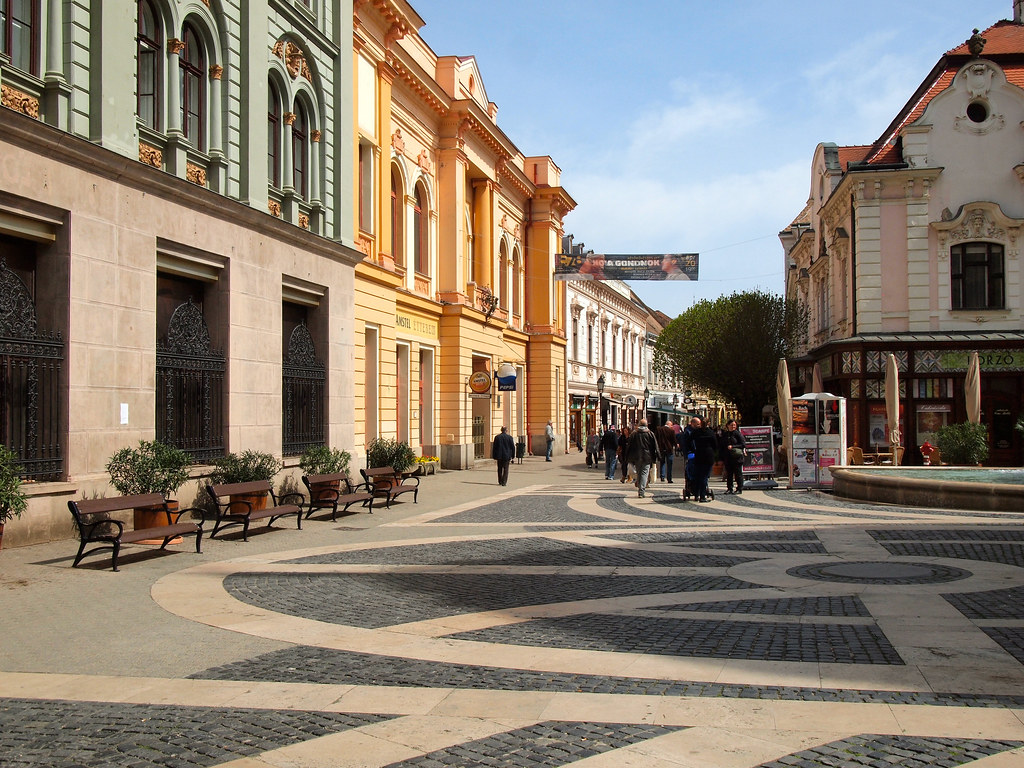
Villany, Hungary
In the afternoon of Day 2, we went on an optional wine tour to the Villany region, about halfway between Mohacs and Pecs. Villany is one of Hungary's top wine regions, known for its reds. The wine cellar we visited reminded me a lot of the cellars I went to in the Valley of the Beautiful Women in Eger a few years ago.

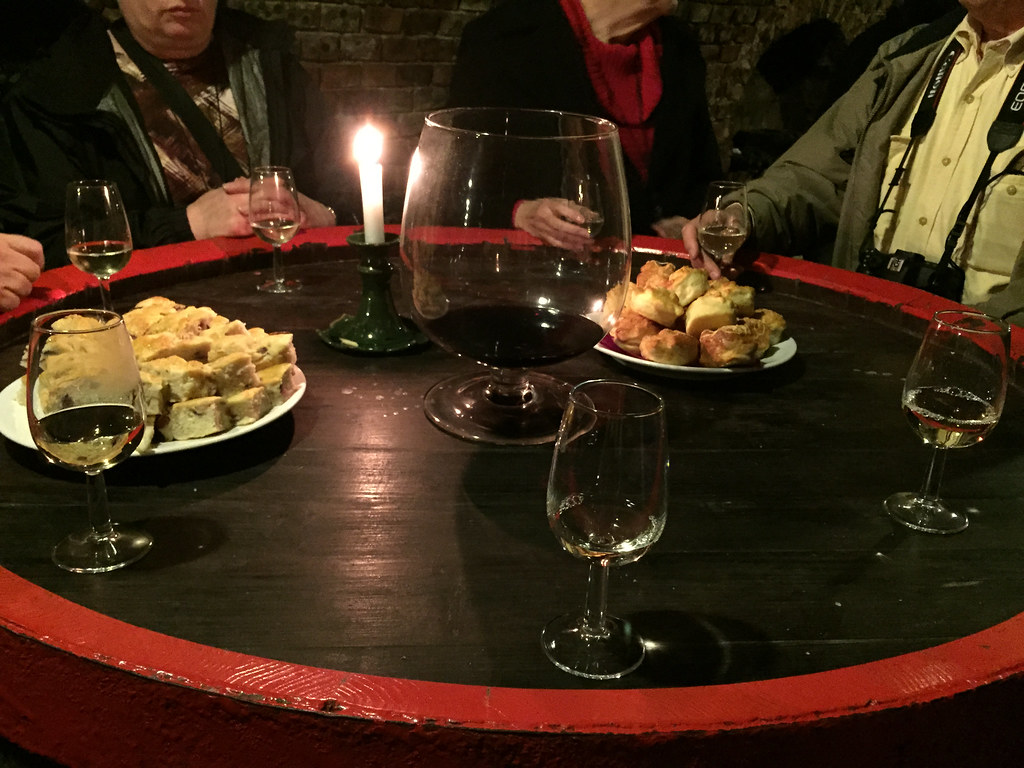
Vukovar, Croatia
Day 3 began with a somber walking tour of Vukovar, Croatia. The town was mostly destroyed during the Yugoslav Civil War (known as the “Homeland War” here in Croatia) because of its location on the Danube directly across from the border with Serbia. The town is still feeling the effects of the war from the early 1990s — unemployment is over 40 percent, and many buildings still show the scars of heavy shelling.
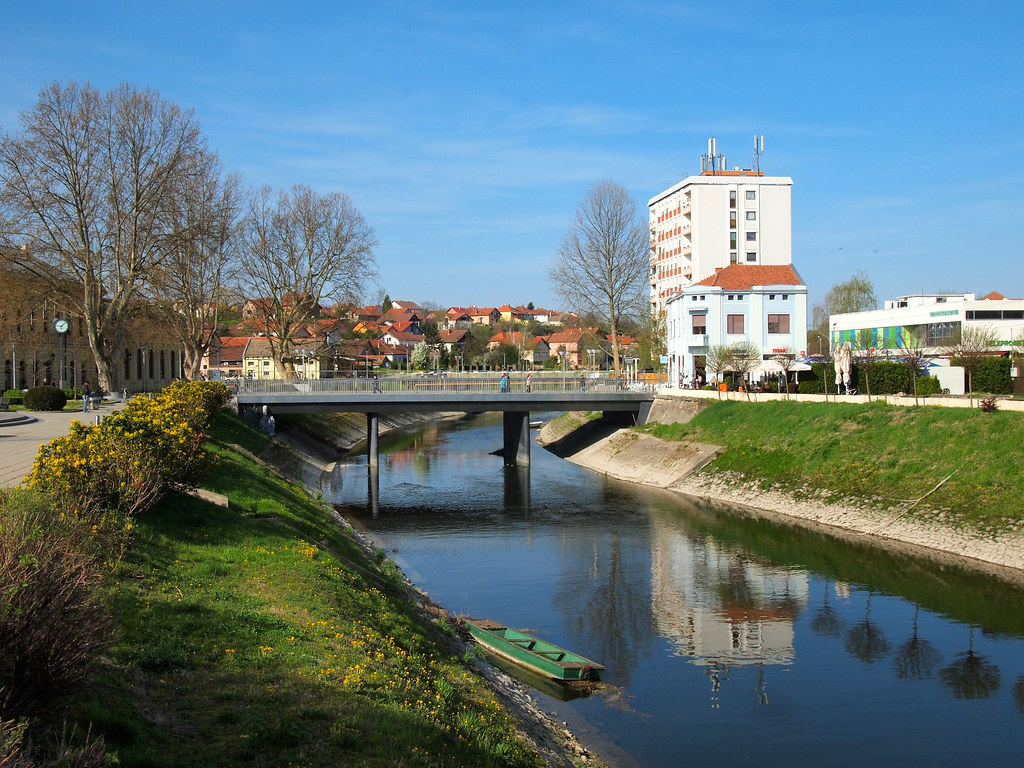
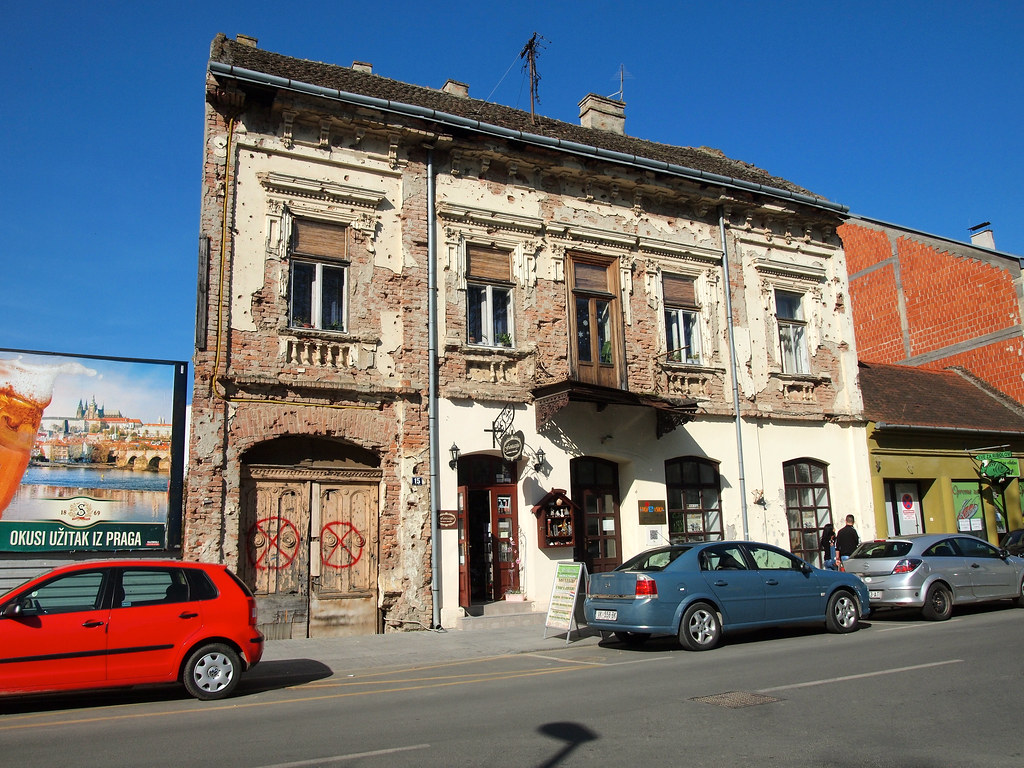
After our walking tour of the town, we headed out to the memorial dedicated to people from Vukovar who died in the war. Many died during the fighting, but hundreds of others were captured after the city fell, taken to a farm on the outskirts of town, and executed.
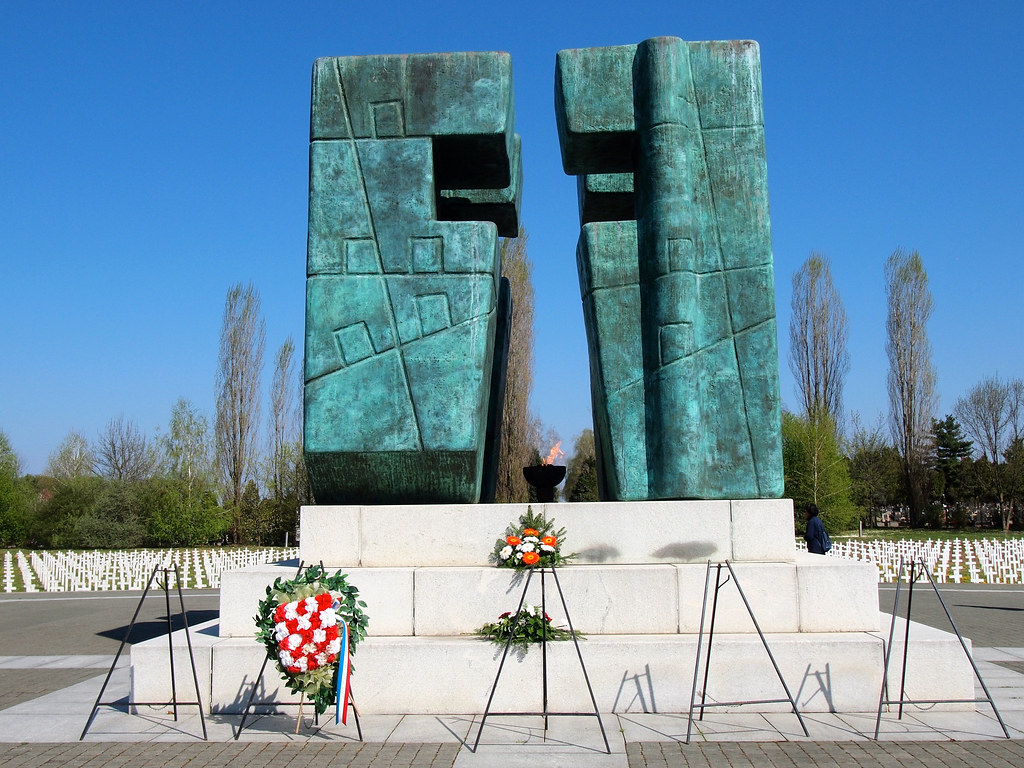
This wasn't a pleasant tour, but I'm glad I went — this is history that happened in my lifetime, and I think it's really important to learn more about it.

Novi Sad, Serbia
We sailed a little further down the river during lunch, and docked in Novi Sad, Serbia, in the afternoon of Day 3. I had absolutely no expectations of Novi Sad, and ended up loving it. We took a walking tour in the old city center, which was beautiful and bustling with locals out enjoying the warm spring afternoon.
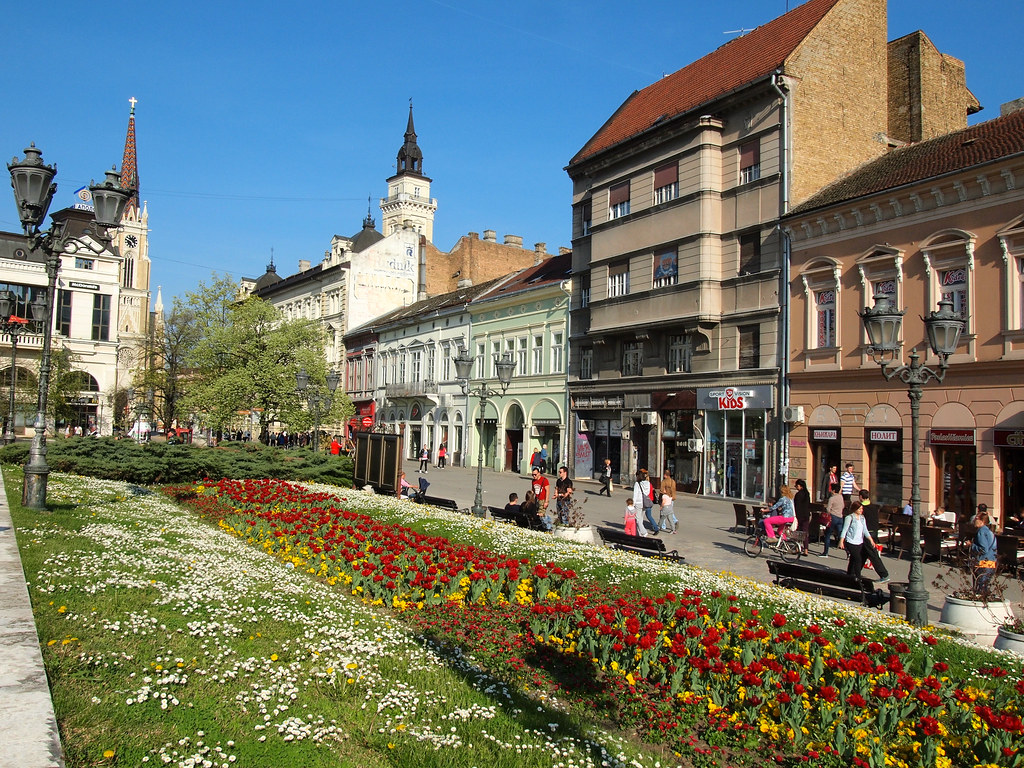
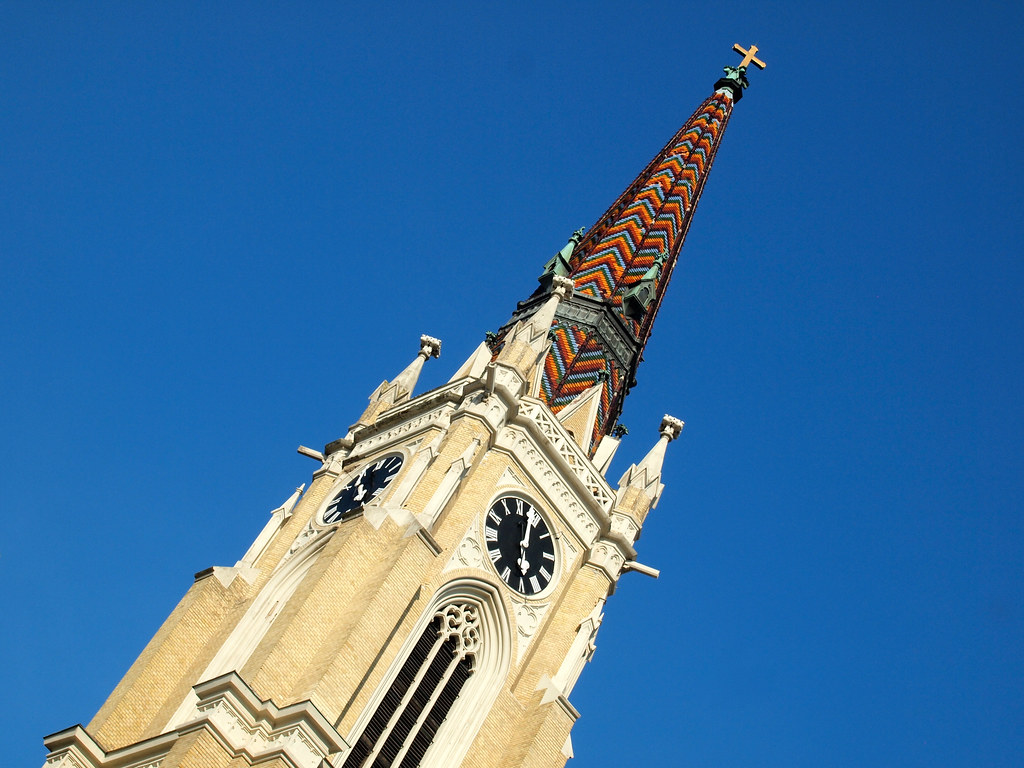
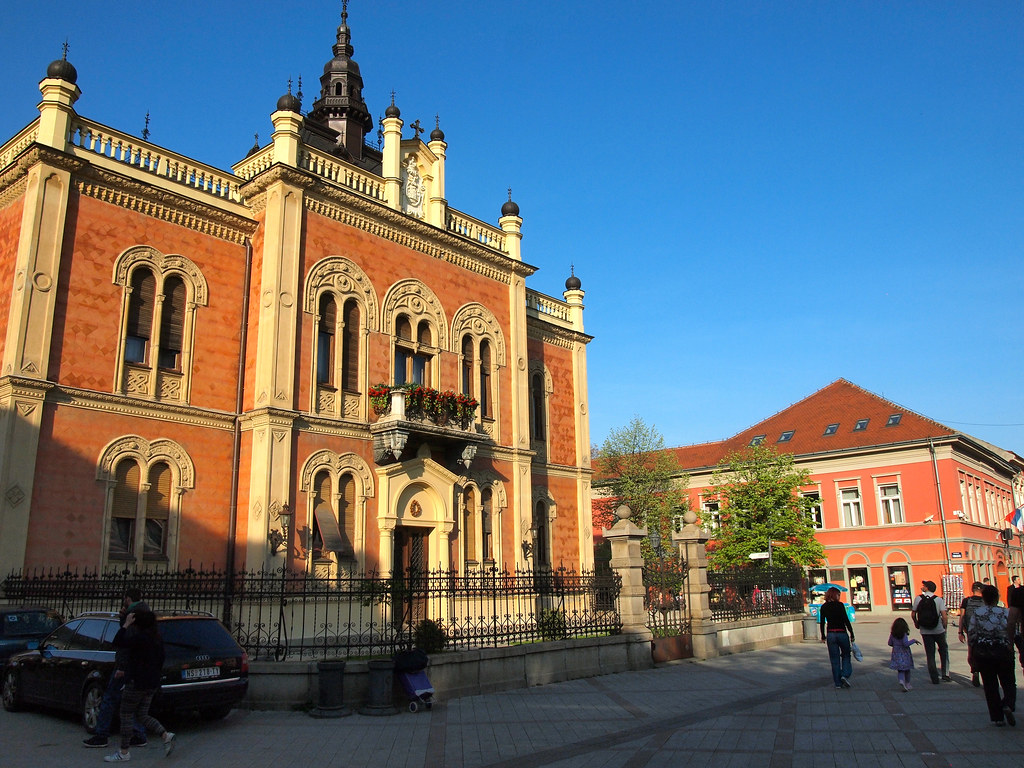
Belgrade, Serbia
Day 4 was completely dedicated to Belgrade, the capital of Serbia. We took a city highlights tour in the morning, with our guide pointing out important landmarks and telling us more about Tito, the man who held Yugoslavia together for many years.

Belgrade has been bombed and rebuilt five times in the past 100 years, which I could hardly believe. Today, the only evidence of this are a few government buildings that still bear bomb holes from the NATO bombings here in 1999 to end the Yugoslav occupation of (and genocide in) Kosovo. Our guide said the city doesn't have the money to tear the buildings down, so they stand, hollow with gaping holes.
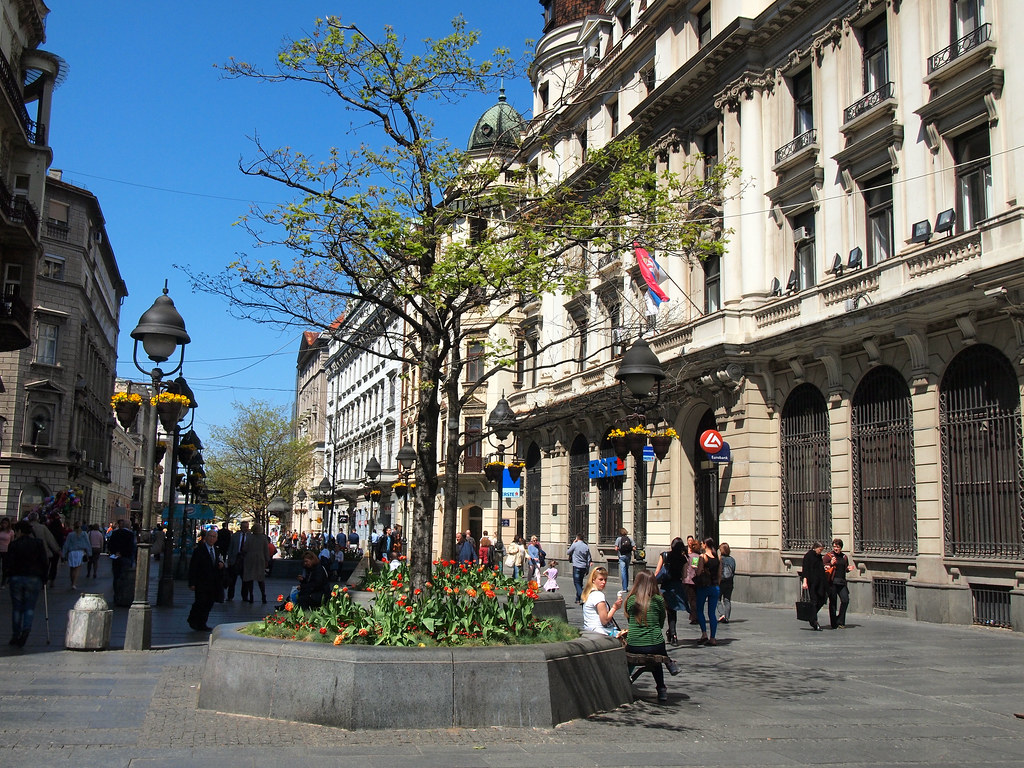
In the afternoon, Elliot and I signed up for a bike tour in Belgrade. The other option was to have free time in the city (many people wanted to go shopping), but we opted for something a little more active. We ended up cycling along the Danube for about 8 kilometers until we reached Sava Lake, a man-made lake not far from the center of the city that's lined with beaches, bars, and cafes. It's one of those places that you probably wouldn't find on your own — one of the things I love about bike tours in new cities.
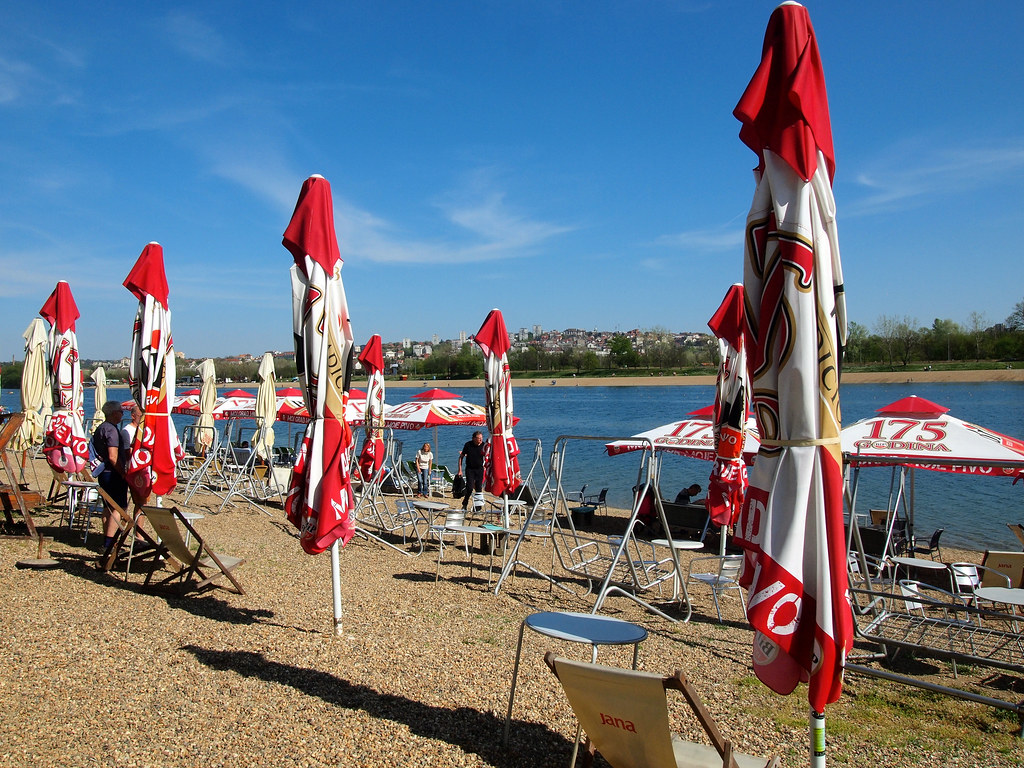
The Iron Gates
We had a break from sightseeing on Day 5 — it was a day spent sailing, with the highlight being passing through the narrow gorges that separate Serbia and Romania, and ending in us passing through two huge locks (hence the “Irong Gates” name). Sailing through the gorge in the morning was definitely my favorite part of the day, and then it was nice to just relax onboard in the afternoon.



Belogradchik, Bulgaria
On Day 6, we docked in Vidin, Bulgaria. There was another optional bike tour here to visit the town and its fortress, but Elliot and I opted for a bus ride out to the town of Belogradchik instead. I had seen photos of this place and knew we HAD to go. Above the small town sits a collection of rock towers and formations that form almost a natural fortress. Fortifications were built around it by the Romans and then eventually expanded by the Turks during Ottoman rule in Bulgaria.


We spent an hour or so climbing around in the twisty, towering rocks. It reminded me a bit of Meteora in Greece — just without the monasteries.
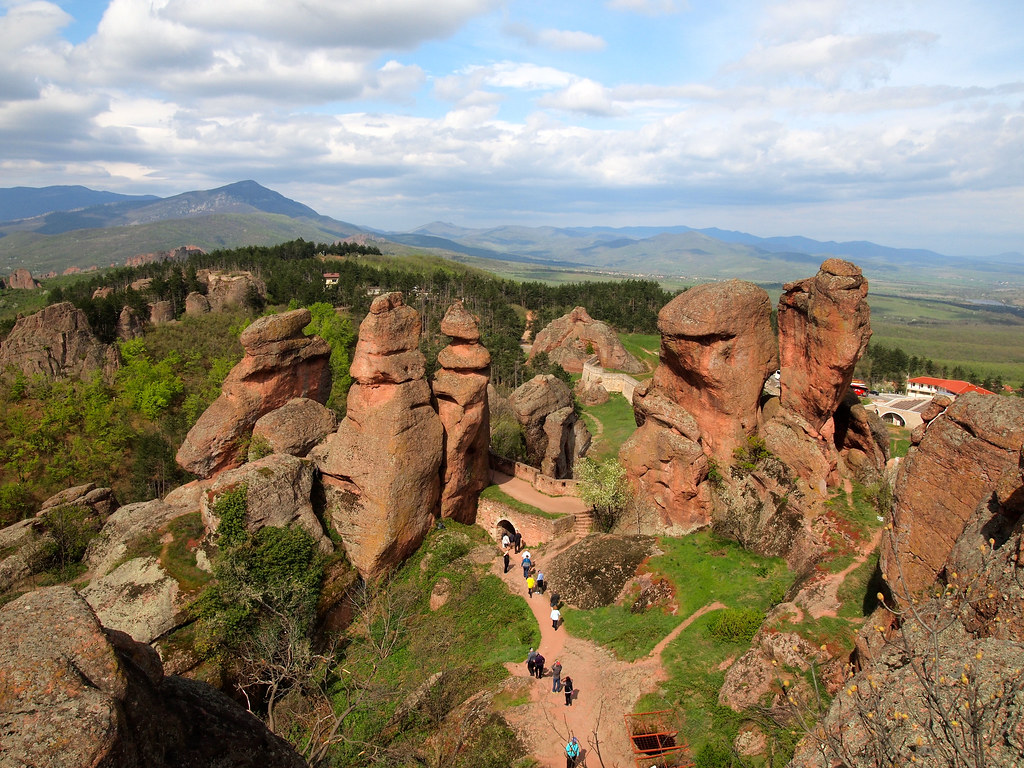
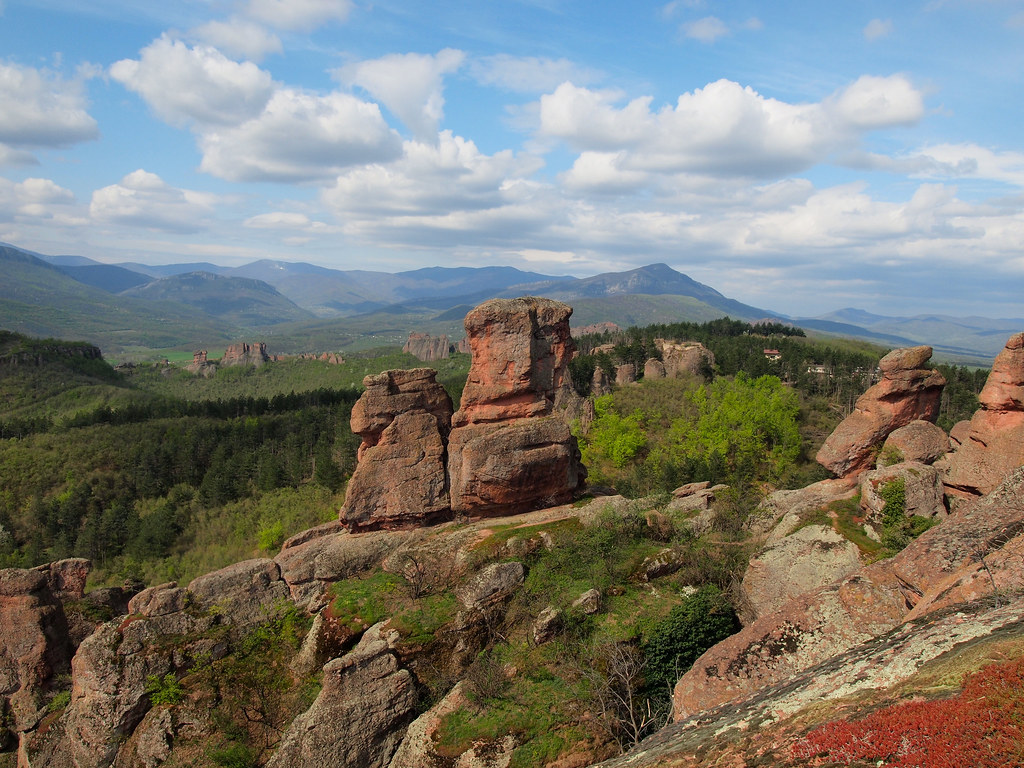
Bucharest, Romania
Our last real stop on our cruise was in Giurgiu, Romania. From there, we took buses to the capital of Bucharest. Here we visited the Village Museum, set within one of Bucharest's many city parks. This is actually a fascinating museum — they've moved homes and churches from different regions of Romania to this outdoor space, meaning you can “travel” around the whole country in just a couple of hours, noting how the architectural style changes from region to region. It's of course not as great as exploring the rest of Romania for real, but it was still pretty cool.
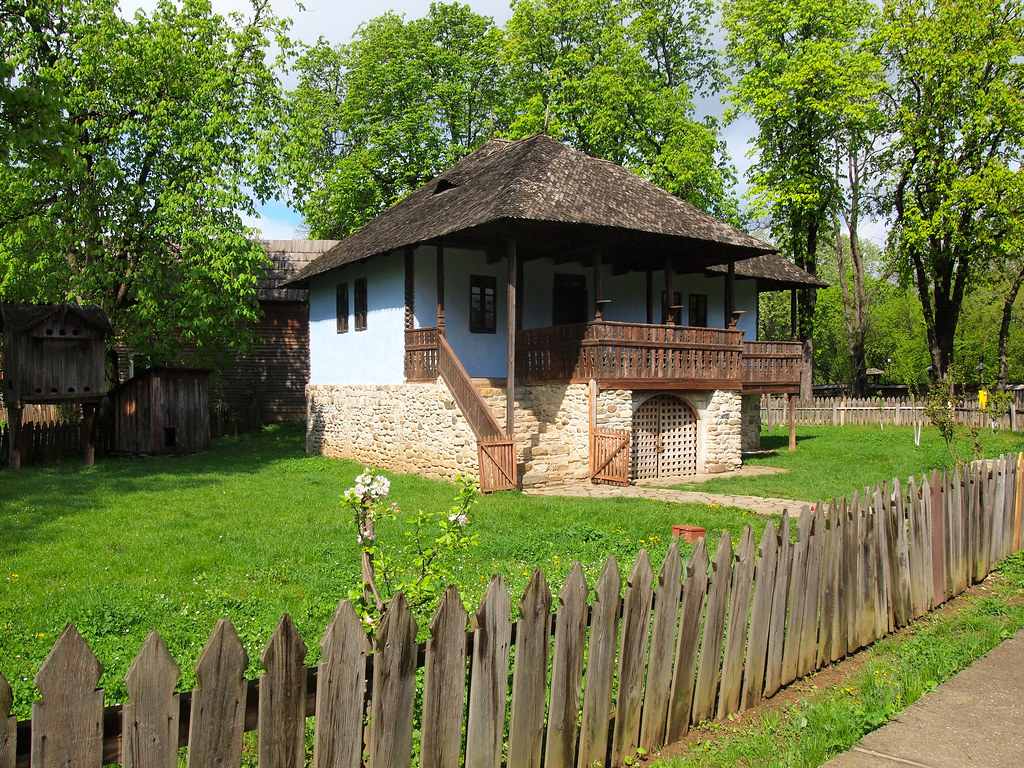

In the afternoon, we headed over to the Palace of the Parliament, the massive, gaudy building commissioned by Romania's former communist leader Ceaușescu. The building was never even finished during Ceaușescu's reign — in fact, parts of the interior are still being worked on today. It's a massive building, covering more than 3.7 MILLION square feet, making it the second-largest building in the world after the Pentagon. Our hour-long tour covered nearly 2 kilometers of hallways and huge rooms, which only equated to about 5% of the entire building.
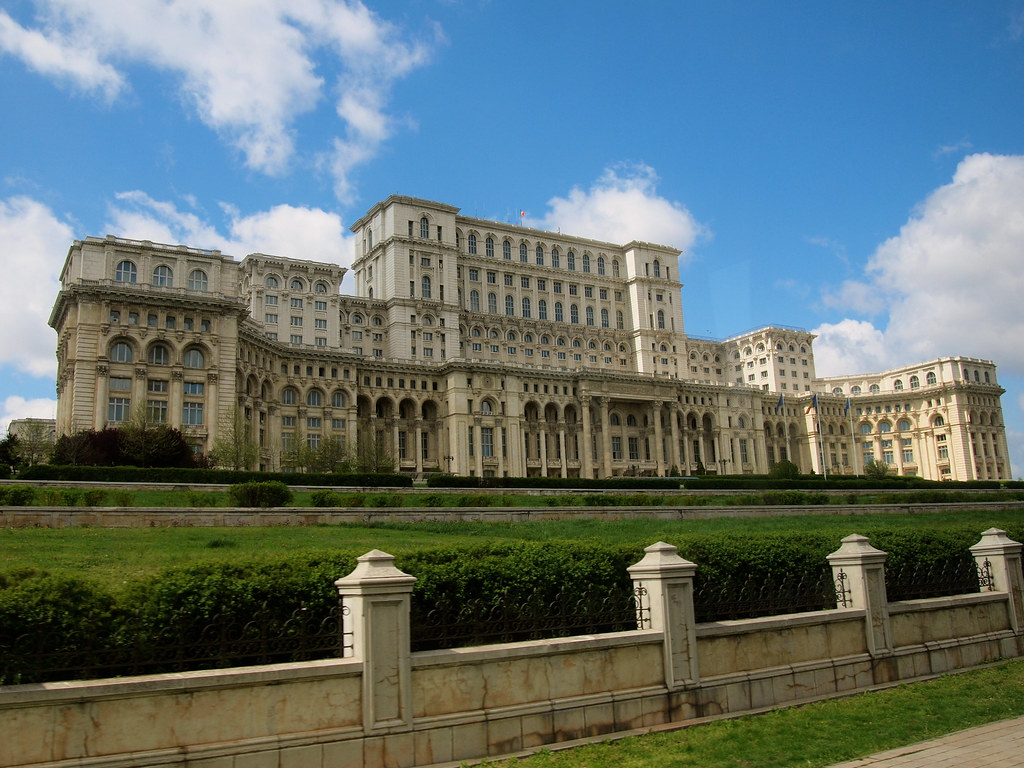

Today, the People's Palace serves as both the seat of government in Romania, and also as a public building — you can rent halls and theaters for weddings or other functions.
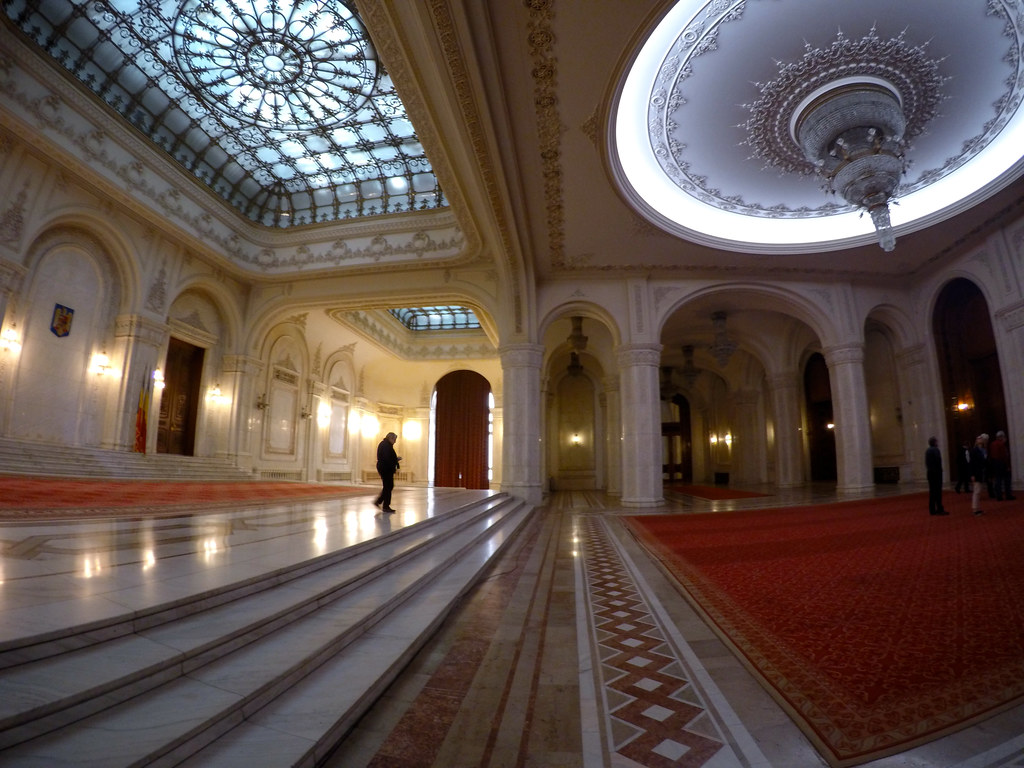
Our cruise ended the next morning in Rousse, Bulgaria, where we begrudgingly disembarked the ship and said goodbye to the fantastic staff.
This was just a teaser of Eastern Europe, but it was one I definitely enjoyed! Stay tuned for plenty more content from this adventure!
Would you ever consider a river cruise like this one?
*Note: I was a guest of AmaWaterways on one of their Black Sea Voyages down the Danube. As always, though, opinions are my own.

Amanda Williams is the award-winning blogger behind A Dangerous Business Travel Blog. She has traveled to more than 60 countries on 6 continents from her home base in Ohio, specializing in experiential and thoughtful travel through the US, Europe, and rest of the world. Amanda only shares tips based on her personal experiences and places she's actually traveled!










“here in 1999 to end the Yugoslav occupation of (and genocide in) Kosovo”
Untrue and a lie. It was a war against ethnic Albanian separatists who initiated the war and killings. The Albanian separatists attacked Serbian police and civilians and also Albanian civilians they deemed “collaborators”, which also included any Albanian who had a job with the Serbian government, jobs like forest rangers – many of which were killed. This also included Albanians who didn’t support their terrorist militant group: the KLA.
The total number of deaths before the NATO attack was around 2,000 in 2 years – so a low to moderate war – and most of those were killed by the KLA.
During the NATO bombing the fighting and deaths accelerated but most were the KLA. They have memorials to their fighters and it was a few thousand at least.
The KLA also had rival factions which targeted each other.
Key NATO countries had long plans to sever Kosovo from Serbia, and the U.S. wanted a big base there. It’s called “Bondsteel” and it is HUGE.
They were contracting to have that base built BEFORE the NATO bombing.
After the bombing, with NATO soldiers, UN personnel and the KLA in control, the Serbs and Roma/Gypsies were systematically ethnically cleansed, kidnapped and killed.
They did nothing and actually observed many of the attacks, as well as the systematic looting then dynamiting of Serbian churches – over a hundred.
The KLA was even listed temporarily as a “terrorist group” by one of its main supporters, the U.S. State Department before the war.
They were also involved in kidnapping people whose organs would be cut out from them. Carla del Ponte and Dick Marty had reports on this.
Just a few days ago, former KLA attacked a Macedonian border town and abused and tied up several members of the Macedonian police. They made statements of a “Greater Albania”.
Half of Macedonia is drawn into “Greater Albania”, as are parts of Greece, Montenegro and more parts of Serbia.
Furthermore, even the official western propagandists and the Madeleine Albright set-up Hague Court, don’t consider what happened in Kosovo any “genocide” of Albanians.
But it definitely is a permanent ethnic cleansing of Serbs.
Also, it was only after NATO started bombing that the ethnic Albanians went into Macedonia and Albania en masse.
A German reporter embedded with the KLA said that they were in fact ordering evacuations of specific towns in coordination of NATO bombing. He said he saw these lists, months before the bombing, as they KLA was preparing for it. He says they had a list of “priority towns” to evacuate, and indeed it was these very towns which were evacuated as NATO started bombing.
Serbs were falsely blamed for a lot of which was staged during the wars.
The west were sponsoring separatists to break up Yugoslavia at Serbs’ expense. Serbs were the largest of the ethnic groups of Yugoslavia (40%) and they had many who lived in the set-to-be “independent” statelets.
NATO countries, such as Germany and the U.S. were involved in arming Croats and Muslims despite the UN sanctions. Official observers witnessed this but were ordered by their superiors to falsify the records or claim they weren’t there.
SIR – Croatia has been found not guilty of “genocide” in Krajina, but it should remain guilty of “ethnic cleansing”.
There is no other word for the forcible removal of the Serbs of Krajina during Operation Storm in 1995.
Perhaps the reluctance to indict Croatia stems from the fact that both Germany and America re-armed Croatia with tanks and aircraft throughout 1994, without which the Serbs could not have been “removed”.
When we learnt that the German government was, against the terms of the UN embargo, importing Leopard tanks and aircraft in containers into Croatia, I was ordered by a French diplomat to cease monitoring the port of Ploce, in my area.
When I argued that that was precisely why we were employed as European Community Mission Monitors, I was ordered by a Greek (Greece held the presidency at the time) to continue monitoring but to falsify (his word) my daily reports to Brussels, to indicate that I had not been in the area and thus had seen nothing: but I was to continue to watch Ploce and report, privately, to the Greeks.
Lt-Col Ewen Southby-Tailyour
Ermington, Devon
http://www.telegraph.co.uk/comment/letters/11393697/Letters-Scottish-devolution-is-driving-England-to-want-its-own-parliament.html
It’s certainly much more complex than I care to get into on a travel blog. But from what I’ve read over the years, the Serbs were certainly committing some atrocities of their own in Kosovo long before NATO stepped in. But I definitely appreciate the extra info from another perspective.
What you read is self-serving propaganda from the west which did set up the wars and supported the break-up of Yugoslavia at the Serbs’ expense. Serbs were the largest (40%) ethnic group and had many of their people in the set-to-be-severed republics/statelets. The Serbs had to be neutralized or ethnically cleansed.
The U.S. MPRI was involved in training and supporting Croats for the massive ethnic cleansing of 250,000 Croatian Serbs in a few days.
The media is a tool to control the masses and what they believe.
It did grossly lie and exaggerate. They were claiming 100s of thousands were killed than actually were.
And Albanians were known for pressuring out the Serbian population in Kosovo for DECADES.
That is why the Albanian population was RISING, while the Serbian population was shrinking.
Also during WWII the Kosovo Albanians were tools of the occupying Germans and they cleansed Kosovo Serbs. Those Serbs were not allowed to return to their homes under the Tito communist government.
The Tito communist government also allowed illegal immigration of Albanians from Albania.
Life was better in Yugoslavia so many Albanians were leaving Enver Hoxha’s regime and coming to Kosovo and other parts of Yugoslavia.
This illegal immigration, along with genuine ethnic cleansing of Serbs through the decades – and actually the term “ethnic cleansing” was first used by Serbs back in the 1960’s or 1970’s to describe what the Albanians were doing to Kosovo Serbs.
Also here’s some articles which talk about the Albanians rioting and attacking Serbs in the early 1980’s and how in the last decade (covering most of the 1970’s) there was an exodus of Serbs under Albanian pressure:
http://emperors-clothes.com/a/13.htm
From 1982: “Some 57,000 Serbs have left Kosovo in the last decade, and the number increased considerably after the riots of March and April last year”
http://www.nytimes.com/1982/07/12/world/exodus-of-serbians-stirs-province-in-yugoslavia.html
Also the Kosovo Albanians were sabotaging state-owned utilities and electric engineers from Yugoslavia who lived there in those times say they were always having to fix and repair things in Kosovo, while nothing of the sort was happening anywhere else in the former Yugoslavia.
And Serbia had a special tax imposed on its workers and that money went down to Kosovo for a development fund and mostly ended up in the hands of Albanians.
Albanians also tended not to pay any taxes nor their utility bills, yet the Yugoslav government, INCLUDING THE MILOSEVIC GOVERNMENT, never turned off their water or electricity.
I agree with you that this is too complex for one travel blog but you should understand that easily written words, as genocide or occupation might hurt some reader, at least. Kosovo is ancient Serbian land. We cannot be occupiers on our own land. Even name Kosovo comes from Serbian name for blackbird “kos” and it means “land of blackbird”. Do I have to mention that “kos” doesn’t mean anything in Albanian?
Very nice images in Eastern Europe. Truly, traveling via river cruise is a nice way to savor the moment. Thanks for sharing your travel experience.
Thanks for reading! 🙂
I’ve never done a cruise before, and the big ocean liner cruises have never really appealed to me, but a European river cruise seems kind of cool (and a little less intimidating).
River cruising is definitely different from those big ocean liners – I would certainly suggest looking into it!
Despite living in the UK with (relatively) easy access to these places I’ve only visited one (Budapest)…I am particularly intrigued by Serbia. Totally not what I expected, it looks interesting and very pretty. Will you be writing any more about your time spent there?
I LOVE Budapest! But the rest of Eastern Europe is pretty cool, too. I’ll definitely be writing more about this part of Europe – but if you want to write a lot more about Romania or Bulgaria, check out my Destinations page!
This looks like it could be fun though I suppose it’s not for everyone! I am actually situated in Budapest currently so maybe I will check it out if I have a few days to spare. I’m not sure if I would like that there is such a short amount of time to see the places. But I can imagine it’s a little more cozy than if traveling by train through all these places. Just speaking for Hungary but their trains aren’t always the newest and there is construction going on throughout many of the routes (ex. to Zagreb).
Nonetheless, it looks like you had a fun journey and excellent weather as well!
-Sabrina
Yes it’s definitely not for everyone. It’s a little more luxury, and you really only get a taste of most of the ports since you’re there for a day or less. But definitely nicer than taking trains in Eastern Europe – I still have nightmares about the ridiculously slow (and HOT) trains in Bulgaria!
I’d definitely consider a river cruise like this one! I think it’s an amazing opportunity to come across such lovely towns. Romania looks so charming!
Romania is great. You don’t get to see a ton of it on a cruise like this (because most of its main cities aren’t on the Danube), but a lot of the other places were really good too!
This looks lovely! I’ll have to try a river cruise one of these days 🙂
You really should! So different from any other travel experience I’ve had.
Great photos!! I keep hearing rave reviews about cruises. This one looks like so much fun!
It definitely was fun. And I preferred this to an ocean cruise for sure!
That is the cruise for me…….it’s hitting all the countries I want to visit. I’m like you; I like to visit non touristy places. I’ve been to Romania, but I really want to see Bulgaria, Hungary, and Serbia.
I’m leaving for the Czech Republic and Germany Sunday, can you tell me what the temps in Eastern Europe were while you were there?
The temps during the day were in the 60s (F) for most of our trip, with one really warm day (about 80 F) in Belgrade. I would just check the weather, though, for the places you’re going. It can definitely fluctuate a lot this time of year!
Oh wow, this looked perfect! I could totally go for a cruise like that and just wander around all those little towns. I would have gone for the bike ride over shopping for sure too. I can shop any day but might only get to see Belgrade once. 🙂
Can’t wait to read the rest of your posts about this trip and definitely sharing this post with my boyfriend to add to our “places to see” list.
It definitely was a cool experience. I’m sure I would have enjoyed it in a more “popular” part of Europe, too, but it was a really fun way to explore some places that I probably would have never visited otherwise!
Looks amazing! I’ve been eagerly waiting you posts about the cruise. All the stops look so pretty and it looks like you were super lucky with the weather (actually you always seem to have good luck looking at your photos in the past!). I’ve always wanted to do a river cruise through Europe like this but have been reluctant because they generally attract an older crowd. I’m keen to read your review in the next few week to see what you thought of the cruise itself and the types of people on-board.
I’m so excited that people have been looking forward to these posts! 🙂
And I don’t *always* have good luck with the weather (though we did on this trip). I’m just pretty strategic at taking photos when it’s sunny. Haha.
As for the “river cruises attract an older crowd” stereotype, that IS true. Elliot and I were definitely two of the younger guests onboard. However, it didn’t really bother me – we still met tons of cool people. Plus, if everyone who says “Oh, I’d love to do a river cruise, but I feel like it’s just for older people” would just book a river cruise, the average age would very quickly change! 😉
Thanks so much for sharing this little teaser with us – looking forward to more soon!
I still can’t believe the (what looks like) stunning weather you had the whole trip!
The photo you took up on deck with all the chairs on – was that taken early in the morning? Or did you have a fairly quiet sailing? Just I expected to see more people on deck. That said, I think I heard a lot of people have balcony/verandah staterooms on river cruises and so perhaps they were all enjoying the views from there instead 🙂
Yes we had pretty amazing weather the whole time we were there! It rained like… once, I think?
The photo of the sundeck was indeed taken early in the morning, as we were sailing through the Iron Gates. It was a bit chilly, and most people who were actually outside were at the front section of the deck to take photos. But yes, nearly everyone gets a balcony in their cabin, too, so many people may have been watching from there! In the afternoons on those sunny sailing days there were always people up on the top deck!
YES I’ve been waiting for this post ever since you started posting pictures on social media. This looks like such an amazing experience, and has made me really strongly consider doing something like this. I had emailed you a while back asking about your thoughts on solo travel to Romania (thanks again for the help!) and I totally feel like this could be another option for easing myself into solo Eastern Europe travel. I’m interested to hear more about the other people on board…thanks for sharing Amanda!
It certainly could be another option for you, Kelly! (And I know AmaWaterways DOES offer some chances for solo travelers to join some of their cruises without paying any single supplement fees – I’ll definitely be talking about that in my review!)
This post has made me so excited to learn more about your trip! 🙂 I’ve loved following your trip through Europe on Instagram so far and since I’m curious to travel to Eastern Europe soon myself, I’m sure you’re going to have a lot of fabulous suggestions I could add to my itinerary! 🙂
Awesome to hear! I’ll indeed be writing more about a few of the places we went. Also, if you want to learn more about traveing in Eastern Europe, head over to my Destinations page – I actually already have a bit of content on Hungary, Romania, and Bulgaria!
Wow – it looks like you hit a ton of great sites. I’m curious to read more of your thoughts on the cruise. I don’t really consider myself a “cruise person” whatsoever, but the cities you visited seem right up my alley! I’m curious how much time you had in each port and if you felt rushed…
I’ll definitely be addressing all the questions people have about the cruise itself when I write my review!
Thanks for the write up, looks like you had a great time.
So excited, we’re signed up to do the Vantage version, Bucharest to Budapest, in 2016.
We did Amsterdam to Budapest as our first cruise ever, with Viking, and we loved it.
Doing the pre-cruise 4 night trip through Transylvania, then a few nights on our own in Budapest at the end.
We usually travel on our own, renting cars, apartments, just got back from Ireland…it was pretty nice just unpacking once and floating along, stopping here and there, everything taken care of. For people with older parents, this is a great way to spend time together.
My favorite part of any kind of cruising is being able to visit so many new places without ever having to re-pack your bag! This is especially true of river cruising.